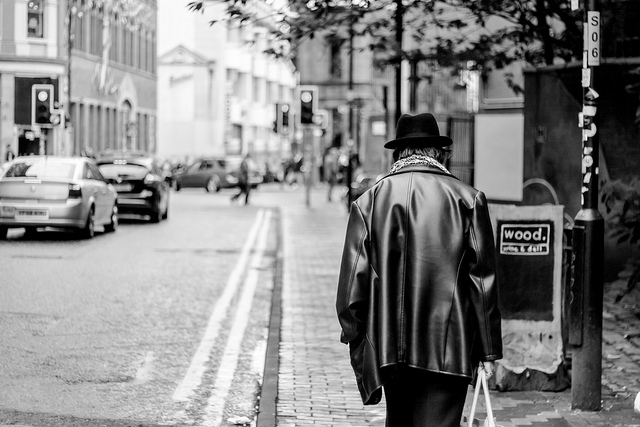If you’ve done any shopping for leather clothing, footwear or furniture before, then you’ve probably come across a handful of different types. The feel and functionality between the different types of leather varies greatly, which is why it’s important to educate yourself on them. Here, we’ll take a look at two of the most common leathers, top-grain and full-grain, and reveal the benefits and downsides to using each of them.
Before we go into what’s top-grain and what’s full-grain leather, lets first take a look at what leather is. Basically, leather is defined as the hide of any animal which has undergone the tanning process. Most of the commercial leather products you’ll find are the market use the tanned hides from cows, but it’s not uncommon to find high-end leather products made from deer and lambskin. When products call for a softer leather, deer and lambskin hide is typically used.
Different types of leather have their own advantages
It’s important to realize that there is no “best” type of leather. While one type might be ideal for constructing a mens jacket with, it probably wont be as effective when used for furniture. Essentially, you have to look at what purpose the leather is being used for.
Full-grain leather
Full-grain leather is the the most popular, and expensive, type of leather on the market. It’s made from using the traditional tanning process, but focuses on keeping the hide as close to its natural state as possible. As opposed to other types of leather, there’s no stripping of the grains or imperfections of the leather, which leaves it looking natural. When the grain is left on, the leather becomes more durable and doesn’t wear out as easily. Full-grain leather is perfect for using on high-end leather furniture and footwear.
Top-grain leather
The second type of leather we’ll look at is top-grain. While full-grain leather keeps the grains intact, the process of making top-grain involves skinning the split layer off, removing much of the grains. After the split layer is removed, it’s sanded and then finished with polished coating. If you’ve ever felt a leather jacket that feels cold and rubbery, chances are it was created with full-grain leather.
One of the benefits to using full-grain leather is the protective coating placed over it. This coating helps protect it from stains and bleaching from the suns ultraviolet rays. Most leather jackets and luggage bags are created through the use of top-grain. The only downside to using this type is that a natural patina wont develop over it like it will with full-grain leather.
These are just two of the most common and popular types of leather found on the market. You’ll also find corrected-grain, split, buckskin, patented leather and a handful of other types, each with their own unique characteristics. No matter what leather product you’re considering purchasing, do your research and understand how the leather was made and what the strengths and weaknesses of it are. Only then will you be able to make the best purchasing decision when buying your leather products.

